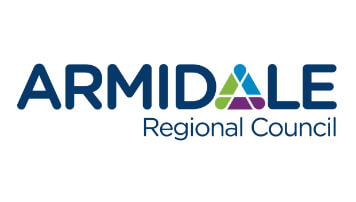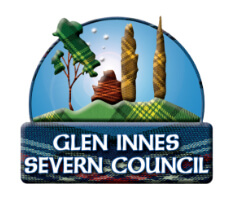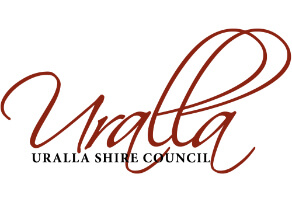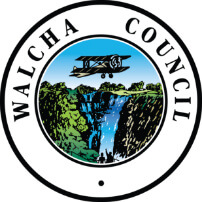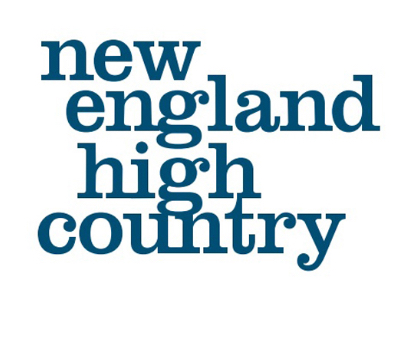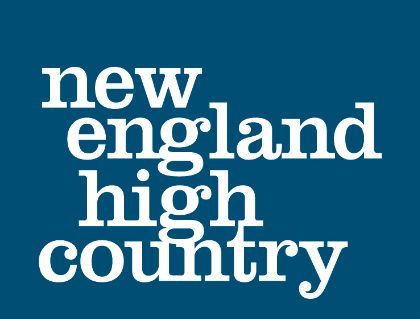Cottan-Bimbang National Park
Cottan-Bimbang National Park
Yarrowitch, New South Wales 2354
parks.info@environment.nsw.gov.au
Cottan-Bimbang National Park is a driver's dream the best of nature experienced from the comfort of your own car. Rugged mountain vistas slide into view, then disappear as you wind your way along the highway south of Werrikimbe National Park. Formerly state forest, this area is now a candidate for inclusion in the Gondwana Rainforest World Heritage Area. In other words, there's a great deal more here than just trees along the side of a road. As you travel from Walcha or Wauchope, rainforest becomes dry eucalypt, tall and laden with birds. 'Cottan-bimbang' is the local Aboriginal word for the walking stick palm, which grows in the park's warm temperate rainforests. There's even dry rainforest of myrtle tucked along the creek beds. During the day, this varied landscape is alive with birds and animals, like the brush turkey and shy parma wallaby. But look a little closer and what you'll find are fascinating traces of colonial heritage, too, with reminders of the gold mining era, convicts, and bushrangers. Bring a picnic and you'll find quiet clearings by a river, and biking or hiking opportunities for the truly intrepid. When so much...
Facilities found here
Caravan / Camper Trailer / Campervan Sites / Campsites, Lookouts, Non Smoking,
Accessibility Information
Disabled access available, contact operator for details.,
Acknowledgement of Country
We acknowledge the Traditional Owners of the New England High Country region and recognise their continuing connection to land, water and community. We pay respect to Elders – past, present and emerging – and acknowledge the important role Indigenous Peoples continue to play within the New England High Country community.






